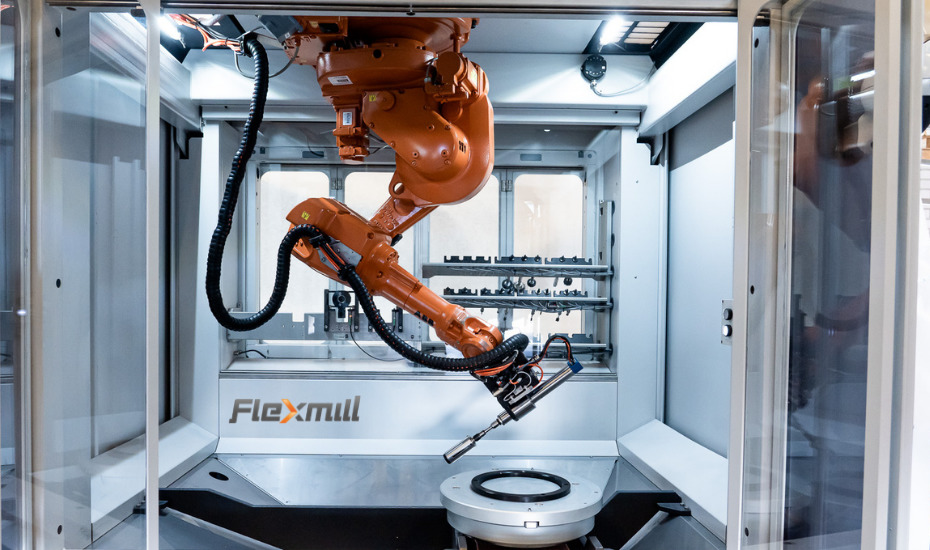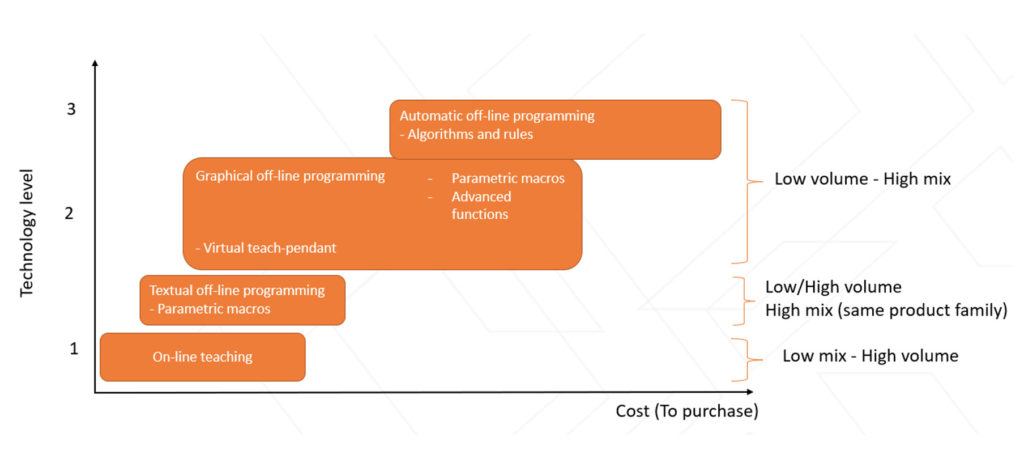
There are many preconceptions about grinding robots, such as “automated surface finishing is productive only with high volumes and low product-mix.” In reality, today’s advanced grinding robots, abrasives, sensors, and software scale flexibly for all volumes and needs. Unfortunately, manufacturers and service providers continue with manual grinding and miss out on all the great benefits of automation because of outdated information. This blog busts five common myths about automated surface finishing and explains why grinding robots make perfect business sense, even for small batches and high product-mix!
When we discuss automated surface finishing with manufacturers and industrial service providers, we come across many preconceptions time and again. Although more than 70 companies worldwide use Flexmill systems, many are still reluctant to take the plunge because they are not fully aware of the benefits of automated grinding robots. The preconceptions are pretty often based on outdated information about the capabilities of advanced robotics, abrasives, sensors, and software.
Here is the rundown of five common claims we hear about automated surface finishing. But are they true, or just myths? Find out!
It is true that a high production volume, low workpiece variation, and small product-mix shorten the grinding robot payback time and increase the Return on Investment (ROI). However, the latest advanced robotic technologies and offline programming (OLP) have revolutionized the scalability of robotic processing! New programs can be created and uploaded to the robot quickly, without disturbing an ongoing process and causing an extensive production break. OLP allows you to speed up grinding robot payback time and increase ROI even for small batches and high product-mix while minimizing process downtime. Flexmill provides a complete process, tooling development, and programming service for manufacturers and service providers to quickly create programs for an entire portfolio of unique workpieces.

MYTH #1, BUSTED!
How are parts presented to the process tooling? There are two basic methods: tool-to-part and part-to-tool. There are also two approaches for clamping the production part. Flexmill uses the same modular and proven concept to tackle part variations in both cases. Once the methodology is understood, the principles can be used for both grippers and pallet systems.
Fixturing has been one of the most challenging areas in automated grinding, especially with several unique workpieces. However, unique fixturing requirements are not a problem any longer. Flexmill provides innovative fixturing pallets or gripper systems with highly customizable clamping components, allowing fixturing workpieces of all types and shapes at any position. The pallets can be mounted on a conveyor, which automatically feeds the pallets and workpieces into an inbound buffer of the robot cell, waiting to be processed. After completed, the conveyor system removes the pallets and workpieces out of the cell. The innovative fixturing solution allows you to automate grinding profitably even for a high product-mix with unique fixturing requirements. The trick is, keep the number of part-specific jaws and clamps to a minimum!
MYTH #2, BUSTED!
No two production parts are ever entirely identical, even if they have the same drawing number. This is due to manufacturing tolerances – such as varying cut lengths, material thickness, and air gaps. Heat input twists the parts during welding, too. So, how to make sure the robot starts and ends the grinding at the correct location? How do to ensure the griding tool follows the contours in an identical way for all parts? Well, we can use the same technologies as in welding: mechanical probes and optical sensors can search for the critical positions and automatically re-position the robot movement accordingly before grinding. A force and compliance unit on the grinding robot takes care of two things: it keeps the contact force at the correct level and lets the disc or belt move up and down along the programmed path without losing contact.
MYTH #3, BUSTED!
Robotic grinding is at its best when processing known shapes and contours, repeated identically from one workpiece to another. However, sensors, software, and force control technologies have advanced dramatically; thus, handling deviations is less of a problem today. For example, a weld grinding robot can now be programmed to dwell longer at high spots and pass lower spots faster to produce a uniform seam. Or, it can be instructed to start grinding with a low level of force and increase to a specified force level. The required parameter adjustments can be made automatically if the robot is equipped with specific sensors and software. So, with advanced technologies and in-depth process knowledge, a grinding robot can be programmed to handle more challenging workpieces!
MYTH #4, BUSTED!
While building and setting up a robot application for grinding indeed requires in-depth knowledge, experience, and skills, operating the robot is relatively easy. The integrator simplifies the difficult tasks so that everyone on the staff can quickly learn to control the robot. The daily operations on the shop floor do not require advanced technical skills – any operator knowing how to use a computer and click around with a mouse can learn to operate a robot—no need to touch or see the PLC program or robot code. The intuitive user-interface takes the operator through the correct work steps of a grinding process!
MYTH #5, BUSTED!
These were five common myths we often hear about automated surface grinding. However, robotics, sensors, abrasives, and software evolve rapidly and bust more myths every day. Today, advanced robotic surface grinding can scale from small batches to high volumes, cover a high product-mix cost-efficiently, and handle more complicated workpieces smoothly. Robotic grinding has become the best way for manufacturers and service providers to increase productivity, quality, and consistency while improving staff safety and avoiding workforce shortages.
Contact Flexmill to learn about the most advanced grinding robots!